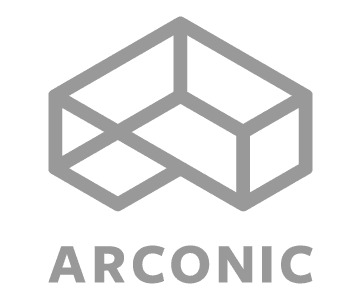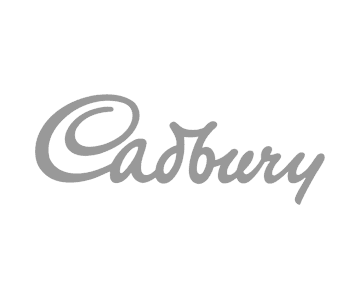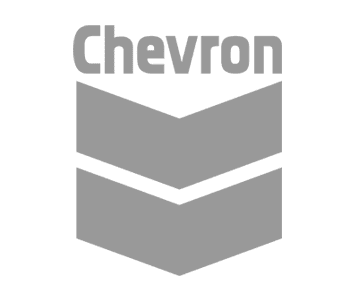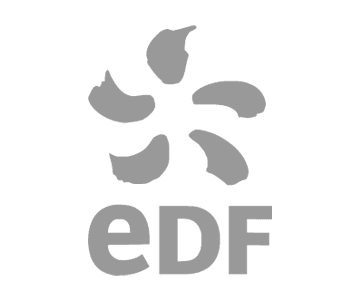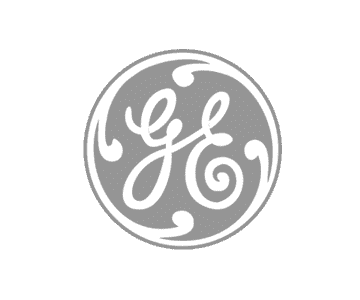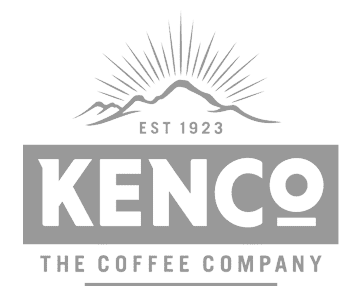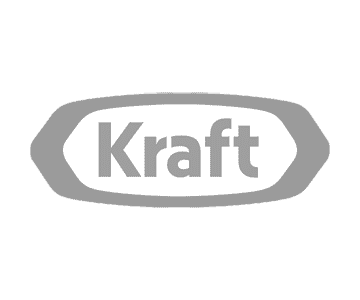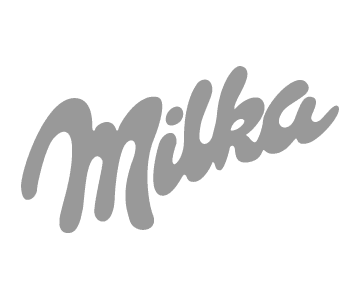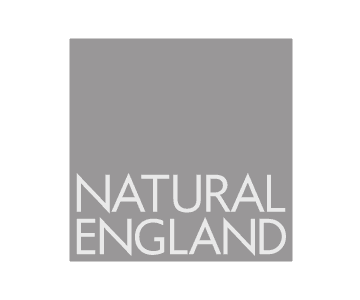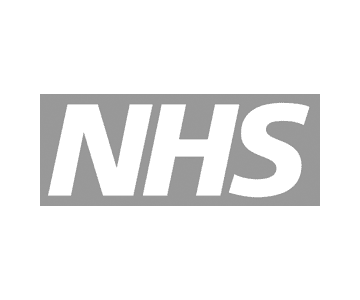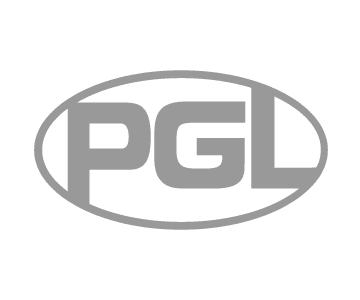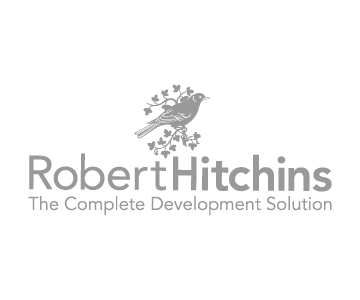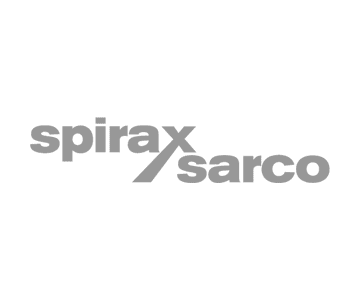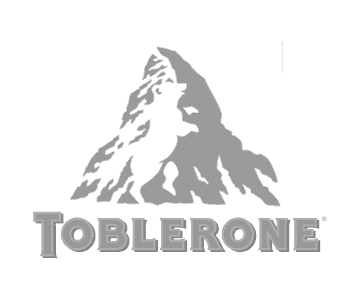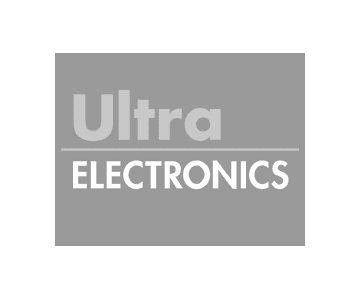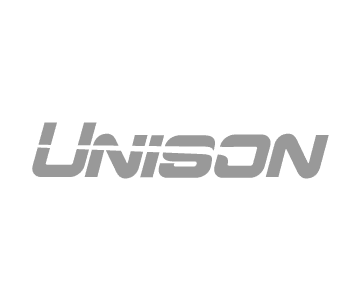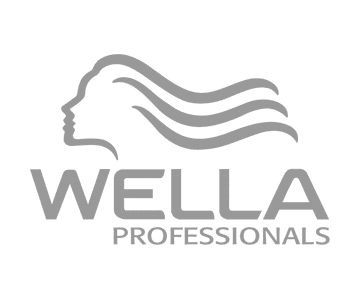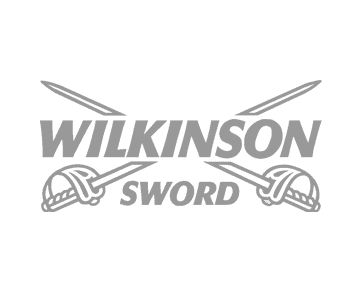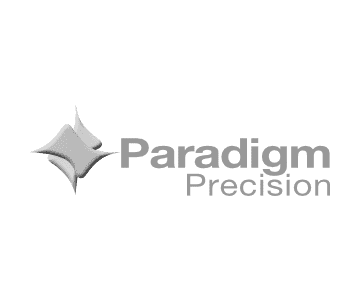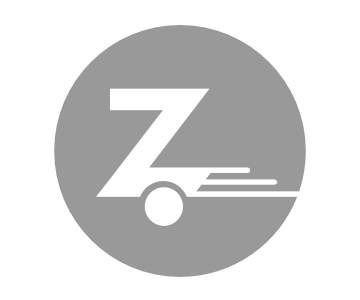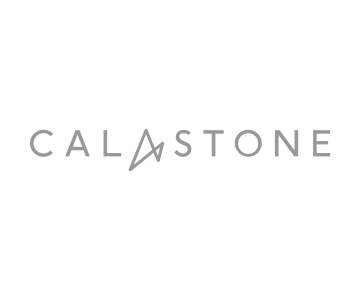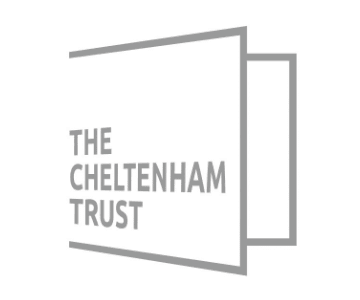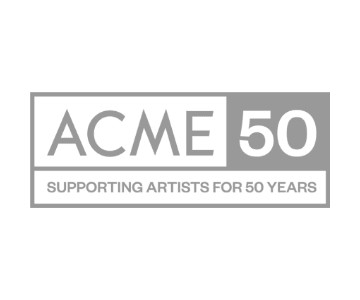Let’s start with a few definitions. Outbound Marketing is reaching out to your customers by traditional means, e.g. television commercials, radio ads, print adverts (press ads, flyers, brochures, catalogues, advertorials), trade shows, cold calls, even billboards and posters, and direct mail/email campaigns. It’s all about targeting your product, services, and brand to your potential customers or clients.
Inbound marketing is all about what we do now – “We Google it” or search on social media. Inbound Marketing is about getting people to your website or social pages by generating content (blogs, articles, online newsletters, videos). Getting found on the Internet — or by paying for Ads on Google or Bing, these are Pay-Per-Click ads.
Which is best — Outbound or Inbound Marketing?
That depends on what your product or service is. If you are a manufacturer or sell high-value items/services to a specialist target market, in this case, B2B trade shows could be a reliable option. Outbound Marketing may be best for you – design an eye-catching exhibition stand that draws in visitors and invites the right potential clients. Combine this with targeted trade press ads, and you’ll have a classic Outbound Marketing campaign.
However, suppose you’re the exhibition promoter who needs to attract many visitors to your consumer show. In that case, Inbound Marketing, creating a buzz on the Internet and in Social Media, will be essential. You’ll need to generate many stories about the exhibitors and work with them to cross-promote and link to their online content. Using Content Marketing promotion platforms such as Outbrain and Taboola effectively spreads your message across online media. You will also need to build a well-structured and targeted Pay-Per-Click campaign through search and social media channels that reach out to consumers interested in the exhibition subject matter.
This approach is an effective way to promote a show; however, what works best is a combination of traditional outbound promotions with a sprinkle of PR in the mix as well!
Inbound Marketing — how do you attract visitors to your site?
Please Google or Pay Google and get Social. For starters, pleasing Google is getting traffic to your website for free.
Firstly, it’s not free, and getting pages that rank well in Google will take much effort. Long gone are the days when you register a domain such as www.cheapcars.com, and car buyers would flock to your site.
Content Marketing — building a presence, attracting an audience
Building a solid online presence is about developing excellent, original, quality, and helpful content for your customers and broader audiences. It’s about gaining trust. Articles and advice on buying a second-hand car would be suitable for Motor Dealer, or little peace on which cars are the cheapest to insure for younger drivers. Not only will these articles give your website more credibility —you know what you’re talking about — but it is great for Google! The long term will lead to natural search traffic to your site.
What do Search Engines like?
There’s no magic bullet – here are some suggestions:
- Lots of great original content that changes regularly
- This content should be search engine friendly (SEO)
- Articles videos that people read or watch — visitor engagement
- People share your content, contribute and link to it
Producing excellent, engaging content involves effort; it must be relevant and valuable to the reader. The message should reflect your business/brand image visually and in the tone of the language. Above all, it should be trustworthy and easy to read – people are great skimmers when reading online content.
Videos are an incredible engagement tool; they should be short, snappy, scripted and visually appealing. You need to catch the viewer’s attention in the first 10 seconds while using other tools within YouTube, such as Link Cards, to drive traffic to other parts of your site. Above all – keep it simple!
If all this sounds daunting and time-consuming, “It’s hard enough marketing and running a business without having to please Google”, I hear you cry. At TurnRound, we can help develop your content strategies and produce creative communications that meet the technical challenges of well-executed search-friendly Inbound Marketing. We’ll even give your website an MOT to make sure it been SEO’d correctly and that it is easy to use. It’s no good generating web traffic that doesn’t drive users to other sections of your site; you need them to make contact and ultimately do business with you!
The Fast Option — Paying for traffic
Generating content will take us a while to do, with distinct benefits moving forward. You may need quick results; this is when Pay-Per-Click (PPC) ads come into their own.
Search engine advertising has become one of the most popular methods of PPC marketing, with Google Adwords being the most dominant platform, as it has the most successful search engine.
PPC Ads appear at the top of the page when you use Google’s search engine, and these ads appear biased on advertisers’ bids (an auction) and other factors. Quality score (value given by Google that takes into account your click-through rate, relevance, and landing page) and connection of the keywords in the ad campaign, as well as the value of the keyword bids. Yep, all sounds very complicated, unlike any traditional auction I’ve attended!
Optimising Pay-Per-Click Campaigns
Building a successful Pay-Per-Click campaign is all about researching the most relevant keywords, writing suitable ads and making sure your landing page is relevant to your keywords.
Sounds simple? Not really – much effort goes into building a successful Adwords campaign; throwing a budget at PPC advertising is effortless. What is important is to maximise your conversion rate while minimising your bid spend. There’s no point getting loads of clicks from users who never convert into customers. TurnRound can help here.
The natural beauty of PPC promotions, as is all Inbound Marketing, is that you track everything online through Google Analytics. Allowing you to monitor the performance of your keywords and ads and then follow visitor flow through your website. Use a contact form to set up ‘Goals’ such as a sale or a new client.
Don’t ignore traditional Outbound Marketing
It’s far more challenging to measure the success of Outbound Marketing campaigns; you can ask, “How Did You Hear About Us?” which often leads to unreliable recollections of ads, flyers, mailers and other media coverage. These results can lead to poor reporting and errors due to assumptions and inaccurate data. Outbound Marketing is essential in any campaign – brand presence and recognition are still significant. Consumers and potential clients still read newspapers and magazines, listen to the radio and watch the telly. Keeping your product or service’ top-of-mind’ or even ‘back-of-your-mind’ will result in new business long-term. It may also distort your endlessly traceable Inbound Marketing stats due to visitors remembering your Outbound Marketing activity and visiting your website directly.
More on this in future blogs. I hope the above proves helpful.
Please get in touch if you need further help or advice.
All the best, Ross






